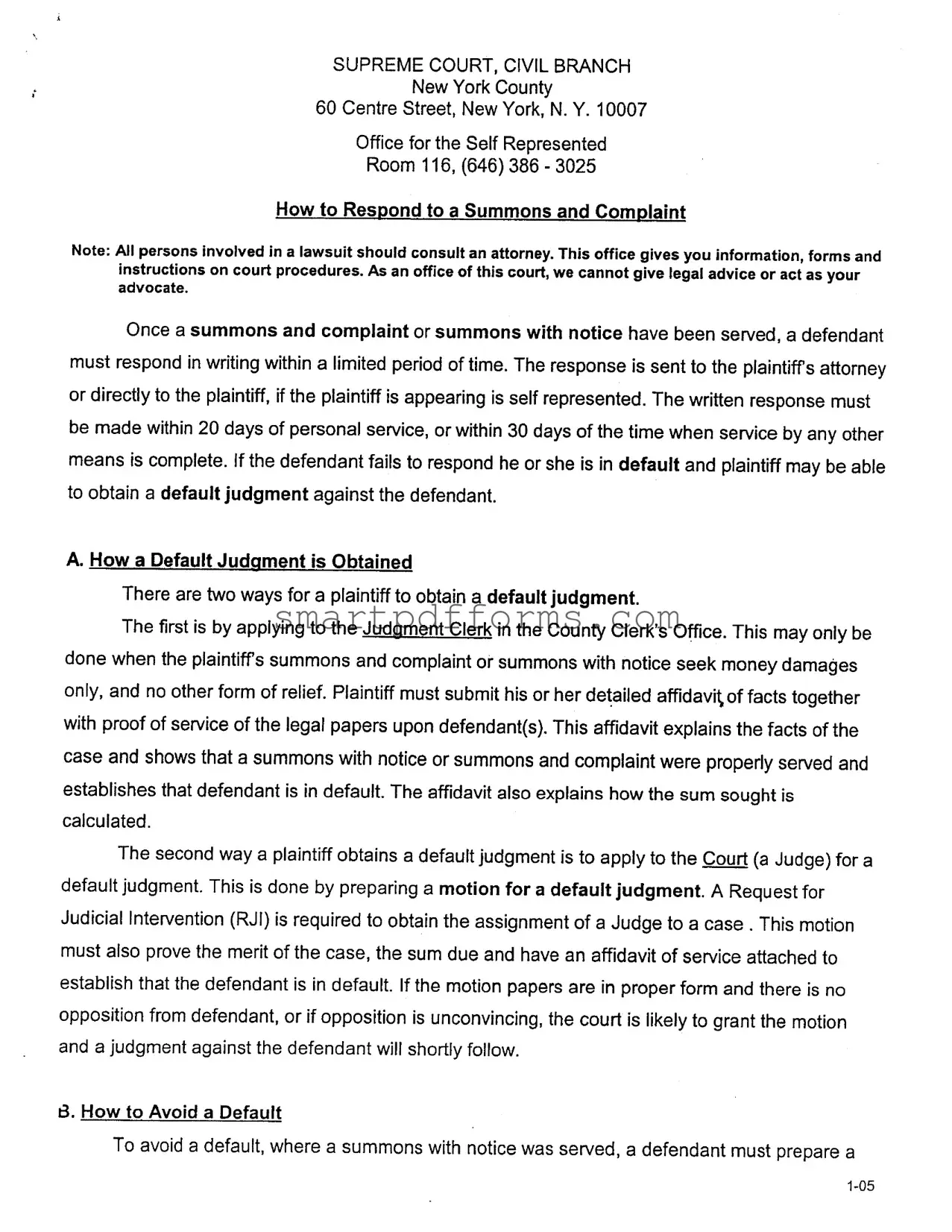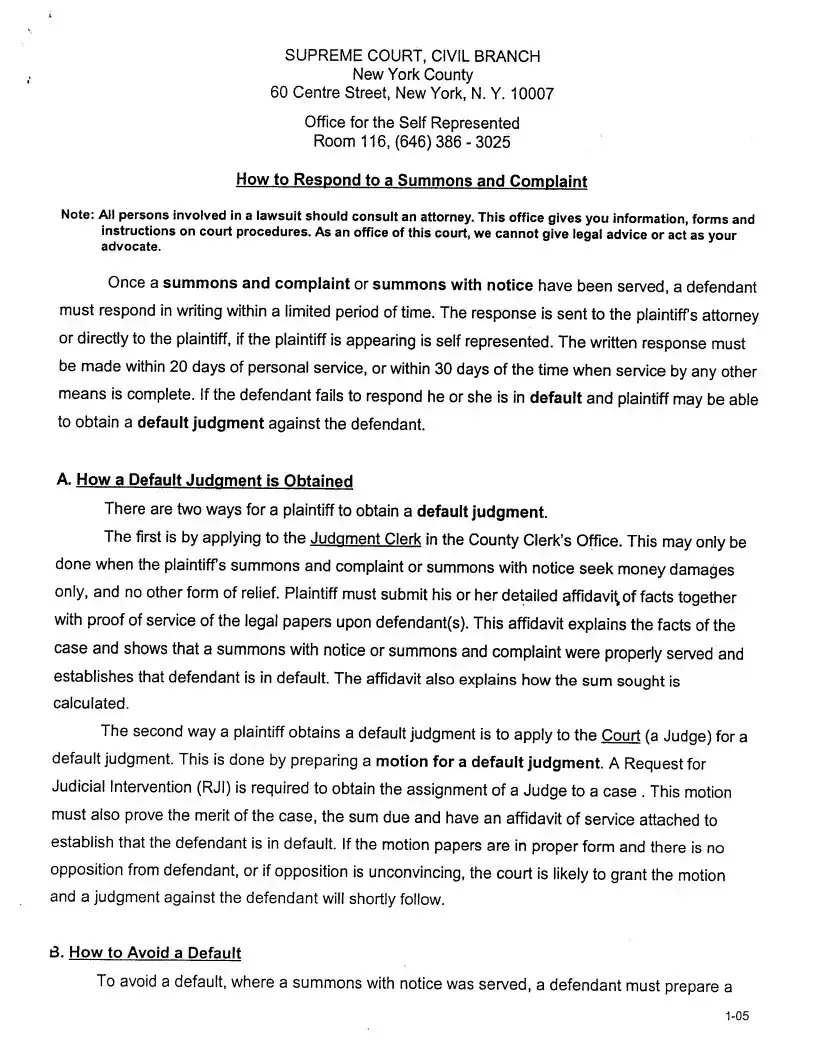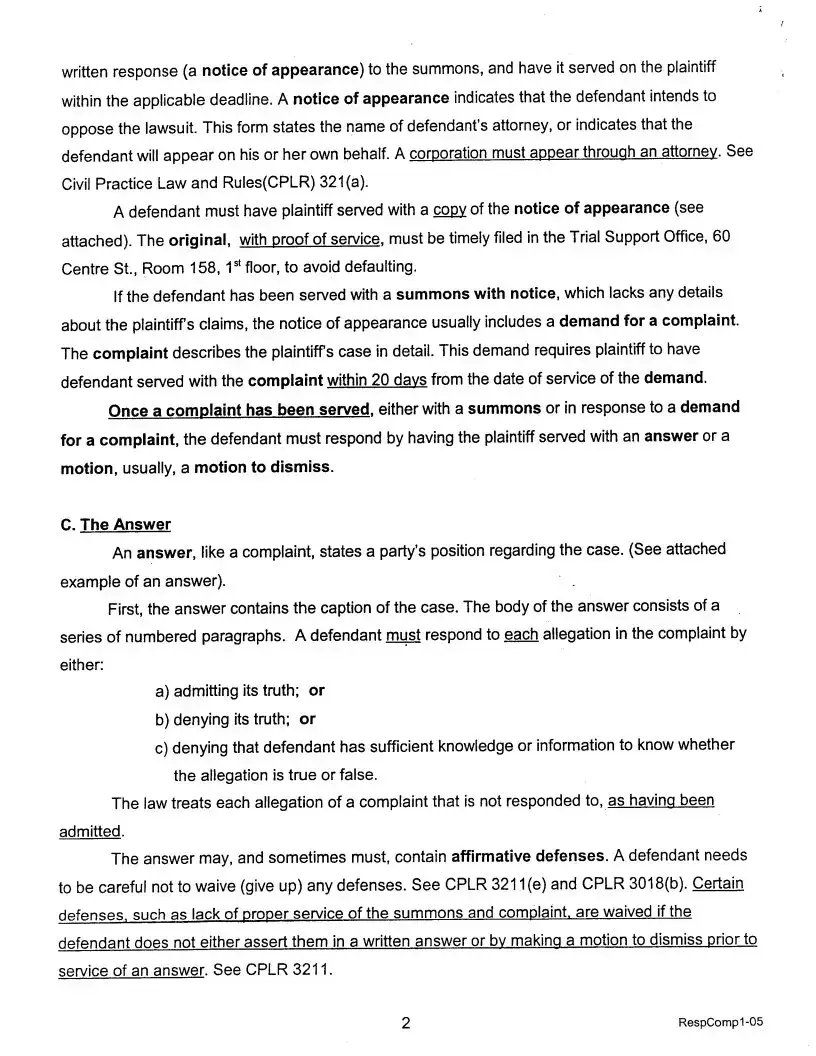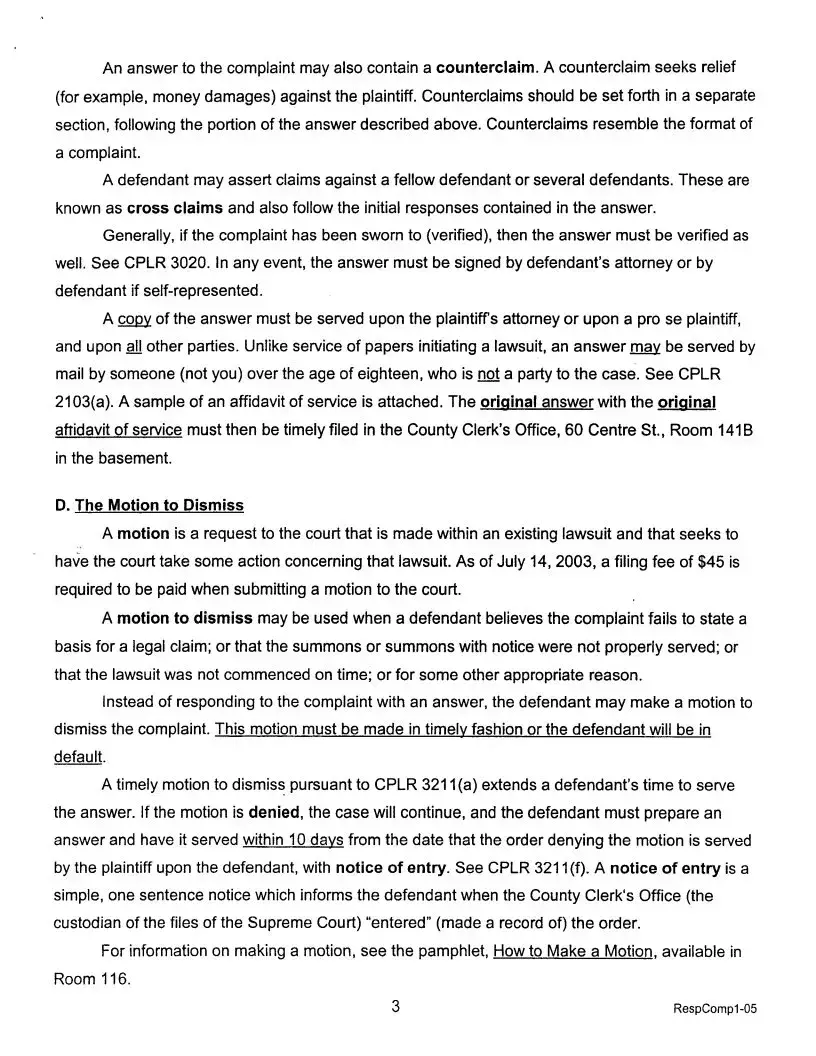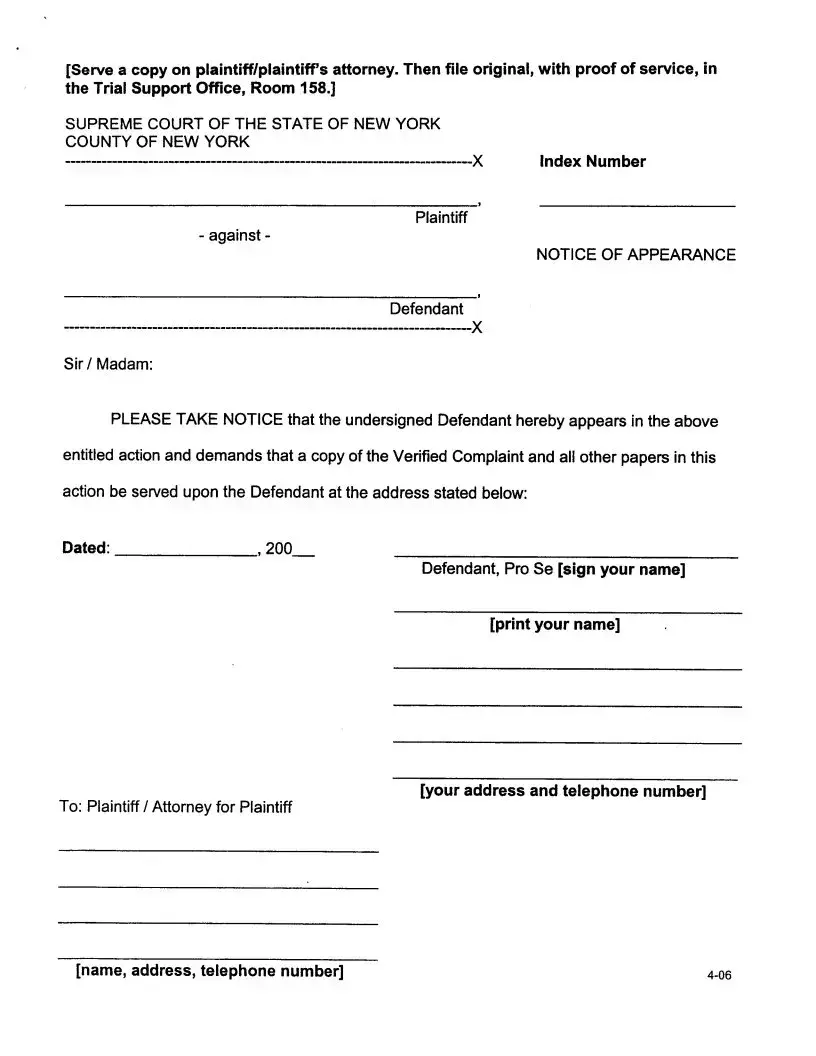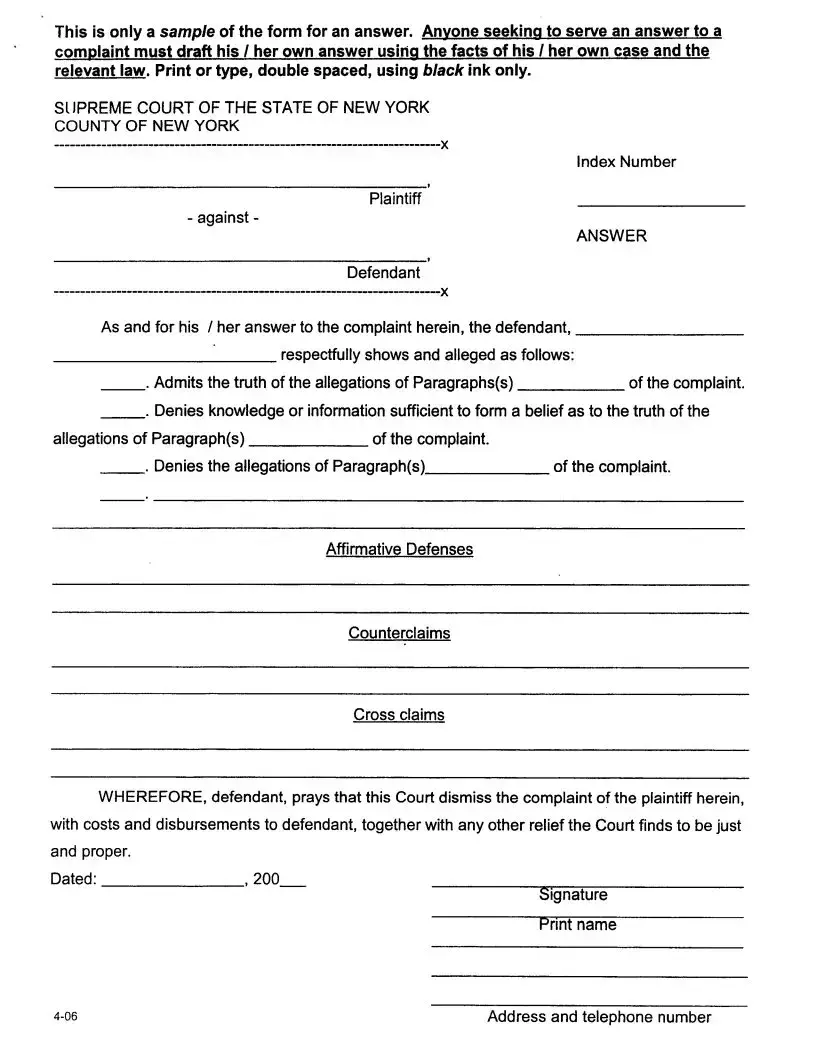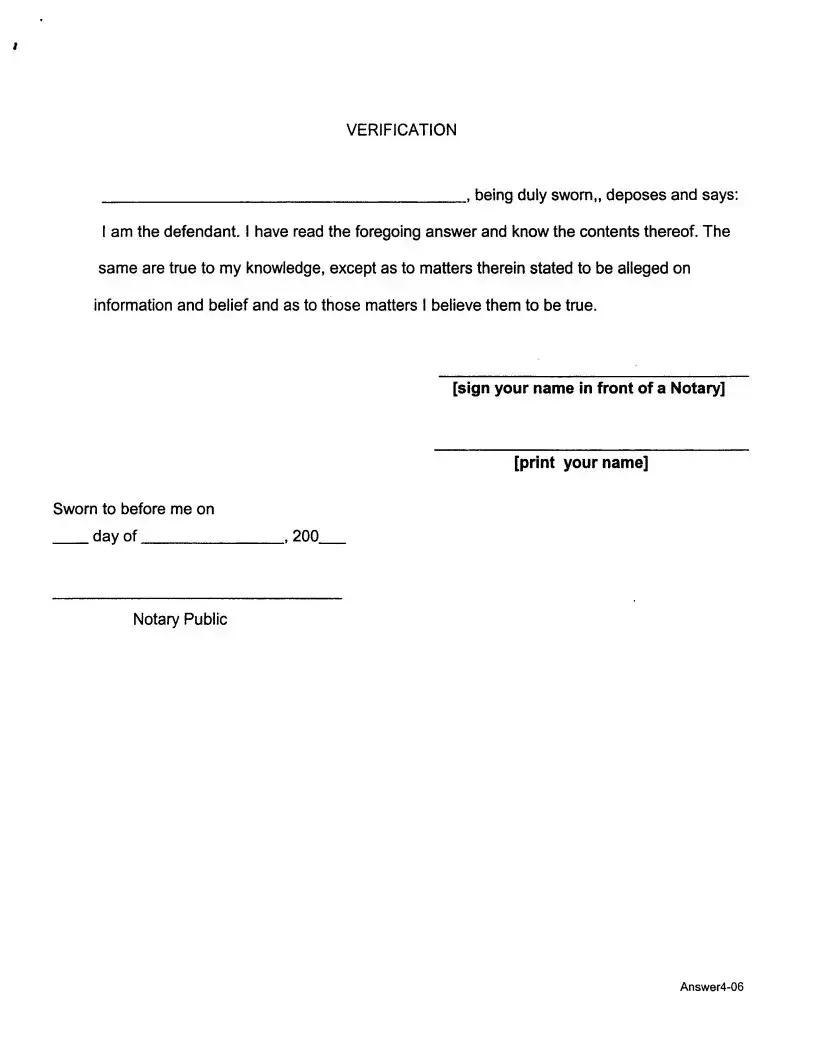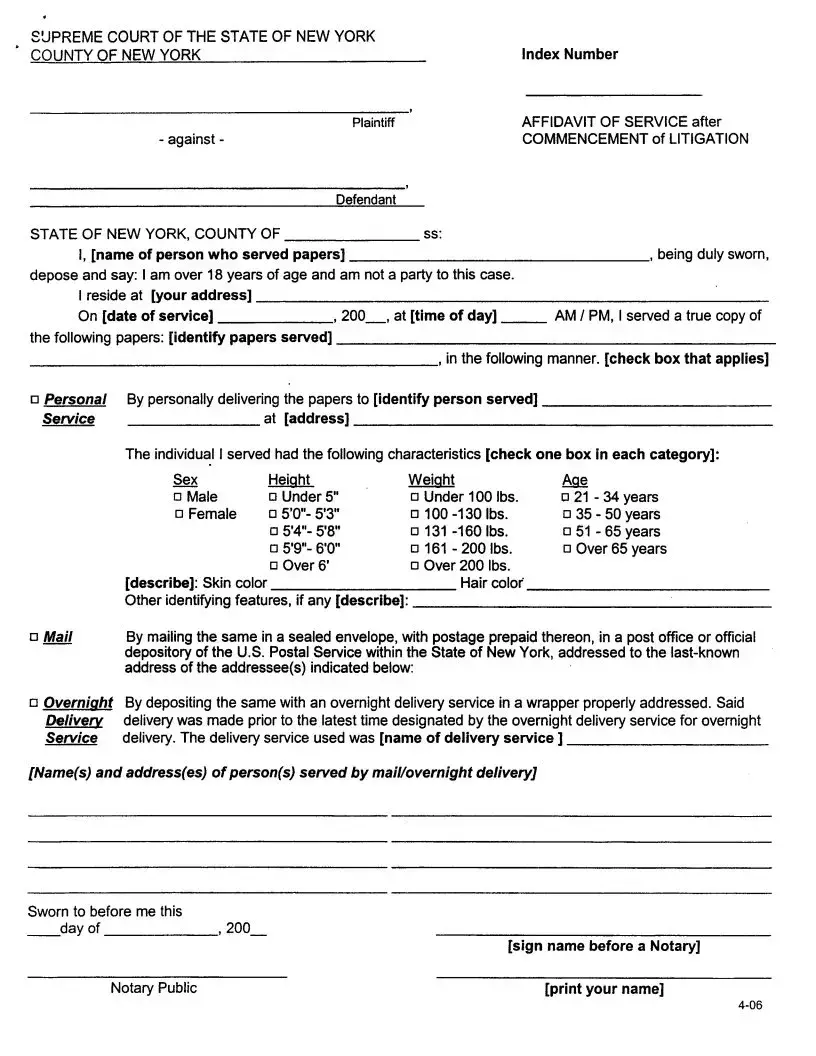Blank Response To A Summons PDF Template
A Response to a Summons form is a critical document used in the legal process, allowing a defendant to formally reply to a lawsuit's allegations within a specified timeframe. Serving as an essential step in defending oneself, this written response can significantly influence the course of a legal matter. Ensuring a timely and proper submission to either the plaintiff's attorney or directly to the plaintiff if self-represented, is vital to avoid default judgments and further legal consequences.
Understanding the importance of this process and familiarizing oneself with the necessary steps to respond effectively are paramount. For those seeking to navigate these legal waters, a detailed guide on how to fill out this form is available by clicking the button below.
